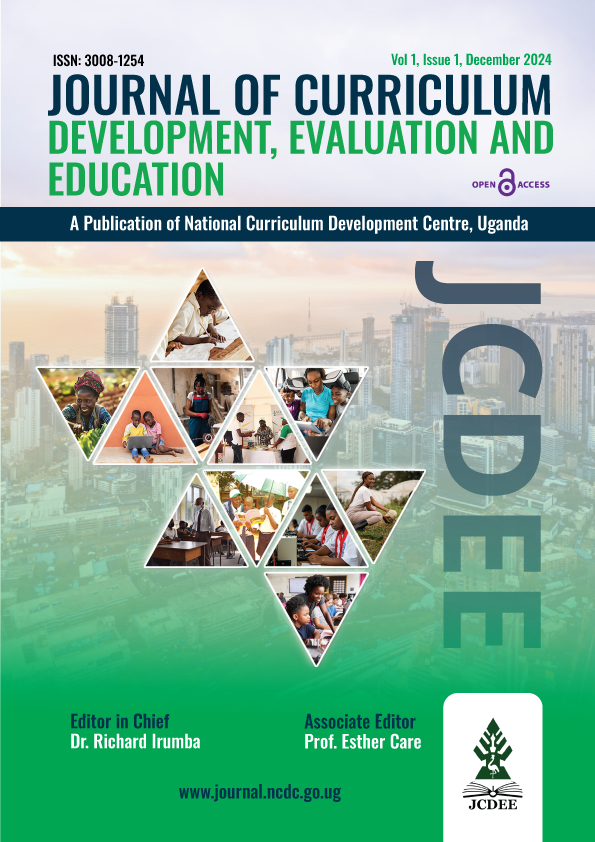Child to Child Pedagogy and Smooth Transition Readiness from Home Based Centers to Primary One
DOI:
https://doi.org/10.64948/JCDEE.v1.i1.2024.7Keywords:
Child to Child, Home Based Centres, Pedagogy, Readiness; TransitionAbstract
This study aimed to see how to support transition readiness of preschool children from Home based centers to grade one through Child-to-Child pedagogy in an innovative and cost-effective play way. Child to child pedagogy is an education practice about how children build knowledge as they relate with one another. In this pedagogy, older children from the locality known as young facilitators, take preschool children through interactive learning games to prepare them for early grades of primary school. Objectives of the study were: To establish whether child to child pedagogy could be used to enhance transition readiness in Early Childhood Education; To identify child to child activities that could be used to enhance transition readiness in Early Childhood Education. The study used a reflective approach, field reports interviews and a desk review to collect data. Results indicated that the pedagogical strategies highlighted including engagement of relevant stakeholders at community, district and national levels and working with authorities in the area to endorse the approach worked best to smoothen transition. In conclusion, from the findings of the study, use of child-to-child pedagogy enables children to get ready for transition through engaging in useful play with other community members with whom they may go to the same school when they transit. The researcher thus recommends that stakeholders embrace child to child pedagogy for children’s transition readiness
Downloads
Analytics

Downloads
Published
How to Cite
Issue
Section
License
By submitting to JCDEE, I confirm the work is original, ethical, approved by all authors, not under review elsewhere, follows policies, and will be under CC BY-NC-SA 4.0 (Non-Commercial).

This work is licensed under a Creative Commons Attribution-NonCommercial-ShareAlike 4.0 International License (CC BY-NC-SA 4.0) .





